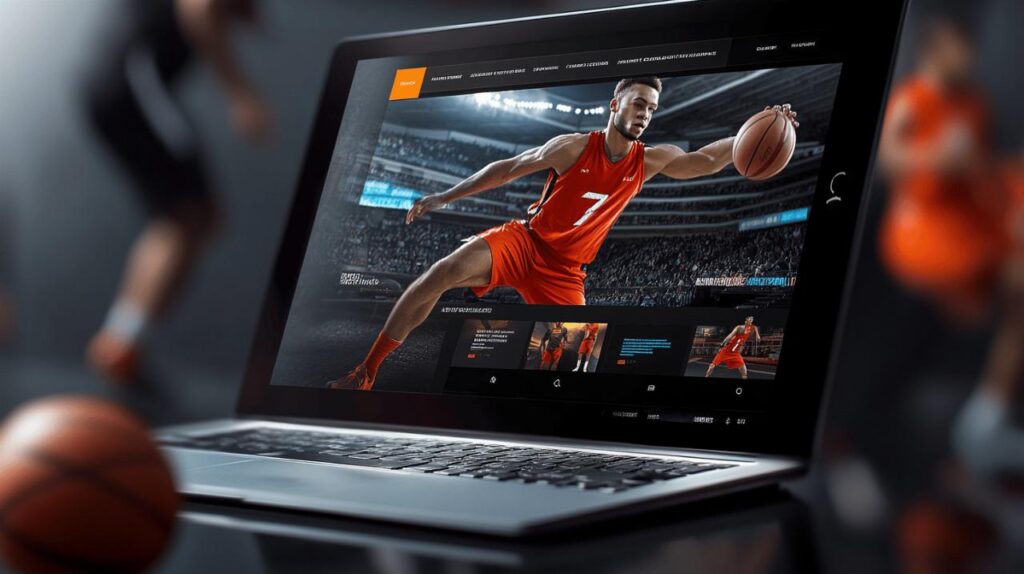Website navigation forms the backbone of digital experiences, serving as a fundamental guide for users as they explore online content. When designed effectively, navigation systems can dramatically enhance user satisfaction, reduce frustration, and increase engagement metrics across websites and applications. Quality navigation structures create intuitive pathways through digital content, allowing visitors to find information efficiently while maintaining their orientation within the site architecture.
Understanding website navigation fundamentals
Website navigation encompasses all the elements and systems that allow users to move through a digital space. Effective navigation design balances user psychology, business objectives, and technological considerations to create seamless experiences. Studies show that 94% of people prioritize easy navigation when visiting websites, making it a critical component of successful digital experiences.
Navigation elements that guide users
Strategic navigation elements serve as signposts throughout the user journey. These typically include horizontal navigation bars, mega menus, breadcrumbs, and footer navigation. Each element should follow key principles such as Hick's Law, which suggests simplifying choices to reduce decision fatigue, and Fitts' Law, which guides optimal button size and placement. Cultural considerations also play a significant role in navigation design, as user expectations vary widely. For example, most users expect main navigation menus at the top of pages and logos in the upper left corner linking back to homepages. These familiar patterns reduce cognitive load and help users navigate freely across domains, you can learn more on https://www.casaidea.es/ about implementing these principles effectively.
Navigation patterns across different devices
Navigation design must adapt to different screen sizes and interaction methods. For mobile devices, common strategies include hamburger menus, sticky navigation bars, and thumb-friendly layouts that accommodate natural hand positions. Gesture-based navigation and prominent search functions also enhance mobile usability. Desktop navigation typically features horizontal navigation bars, mega menus for complex site structures, and strategic use of white space to create visual hierarchy. Responsive design techniques ensure that navigation remains functional and intuitive regardless of device, maintaining consistency while optimizing for different interaction models. The implementation of simplified menus for mobile users while preserving comprehensive navigation options for desktop users strikes the necessary balance between accessibility and functionality.
How navigation impacts user satisfaction
Website navigation serves as the backbone of user experience, directly influencing how visitors interact with and perceive a digital platform. Research shows that 94% of people prioritize easy navigation when visiting websites, making it a critical factor in determining user satisfaction. Well-designed navigation systems reduce cognitive load, allowing users to focus on content rather than struggling to find their way around.
Navigation isn't just a functional element—it's a powerful tool that shapes brand perception and drives business outcomes. Effective navigation structures create intuitive pathways that guide users through your digital product, whether it's an eCommerce platform, mobile app, or corporate website. By implementing navigation best practices, businesses can significantly enhance user satisfaction while supporting their digital transformation goals.
Reducing bounce rates through intuitive menus
High bounce rates often signal navigation problems that frustrate users and push them away before they engage with your content. Intuitive menu designs that follow established patterns—such as horizontal navigation bars on desktop and hamburger menus on mobile—provide familiar interfaces that users can navigate effortlessly. This familiarity reduces the learning curve and keeps visitors engaged.
Several psychological principles guide effective navigation design. Hick's Law suggests simplifying choices to prevent decision paralysis, while Fitts' Law emphasizes optimizing button size and placement for ease of use. The Serial Position Effect recommends prioritizing important items at the beginning and end of menus where they're most likely to be noticed and remembered. By limiting main navigation to no more than seven links, using descriptive labels, and creating visual separation through white space or color, websites can dramatically reduce bounce rates and improve SEO performance.
Mobile-friendly navigation deserves special attention in today's smartphone-dominated landscape. Thumb-friendly design, sticky navigation bars, and simplified menus contribute to seamless mobile experiences. Implementing these strategies alongside regular testing through heatmaps and user surveys ensures navigation remains optimized across all devices.
Creating memorable brand experiences through navigation design
Navigation design goes beyond functionality—it's an opportunity to reinforce brand identity and create memorable user experiences. When navigation elements align with overall brand aesthetics and values, they contribute to a cohesive digital presence that builds trust and recognition. Strategic use of color, typography, and micro-interactions within navigation components can elevate a standard website into an immersive brand experience.
Personalization represents the frontier of navigation design. McKinsey reports that 71% of consumers expect customized experiences, with businesses seeing up to 40% revenue increases through personalization initiatives. Navigation systems that adapt based on user behavior—highlighting relevant content or simplifying paths based on previous interactions—create memorable experiences that feel tailored to individual needs.
Footer menus provide another opportunity to enhance user experience while supporting brand goals. These often-overlooked navigation elements offer SEO benefits, improve accessibility, and support decision-making by providing alternative pathways to important content. When designed thoughtfully with clear CTAs and valuable resources, footer navigation becomes an integral part of creating helpful user experiences that solve problems quickly while building lasting brand relationships.



